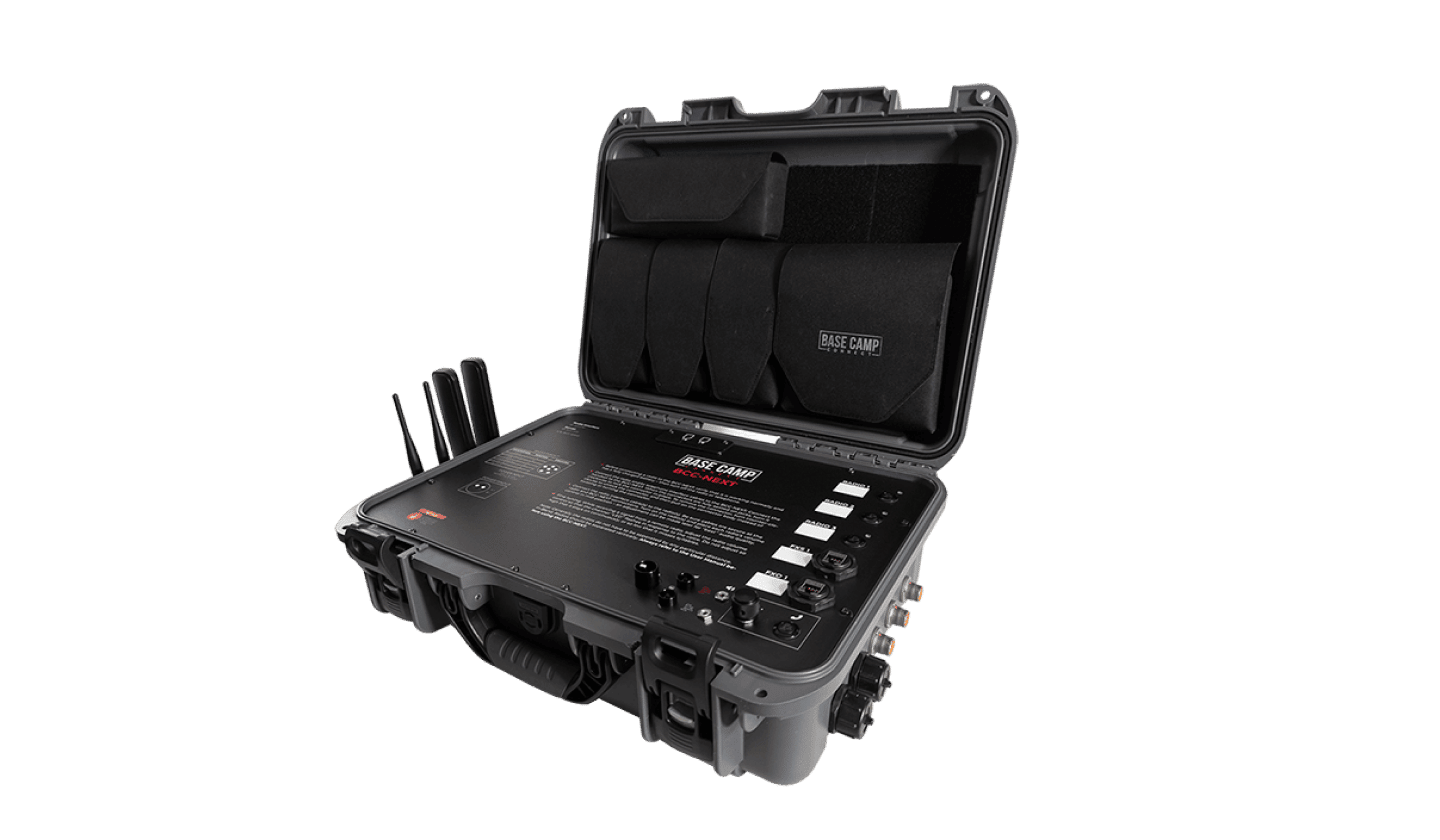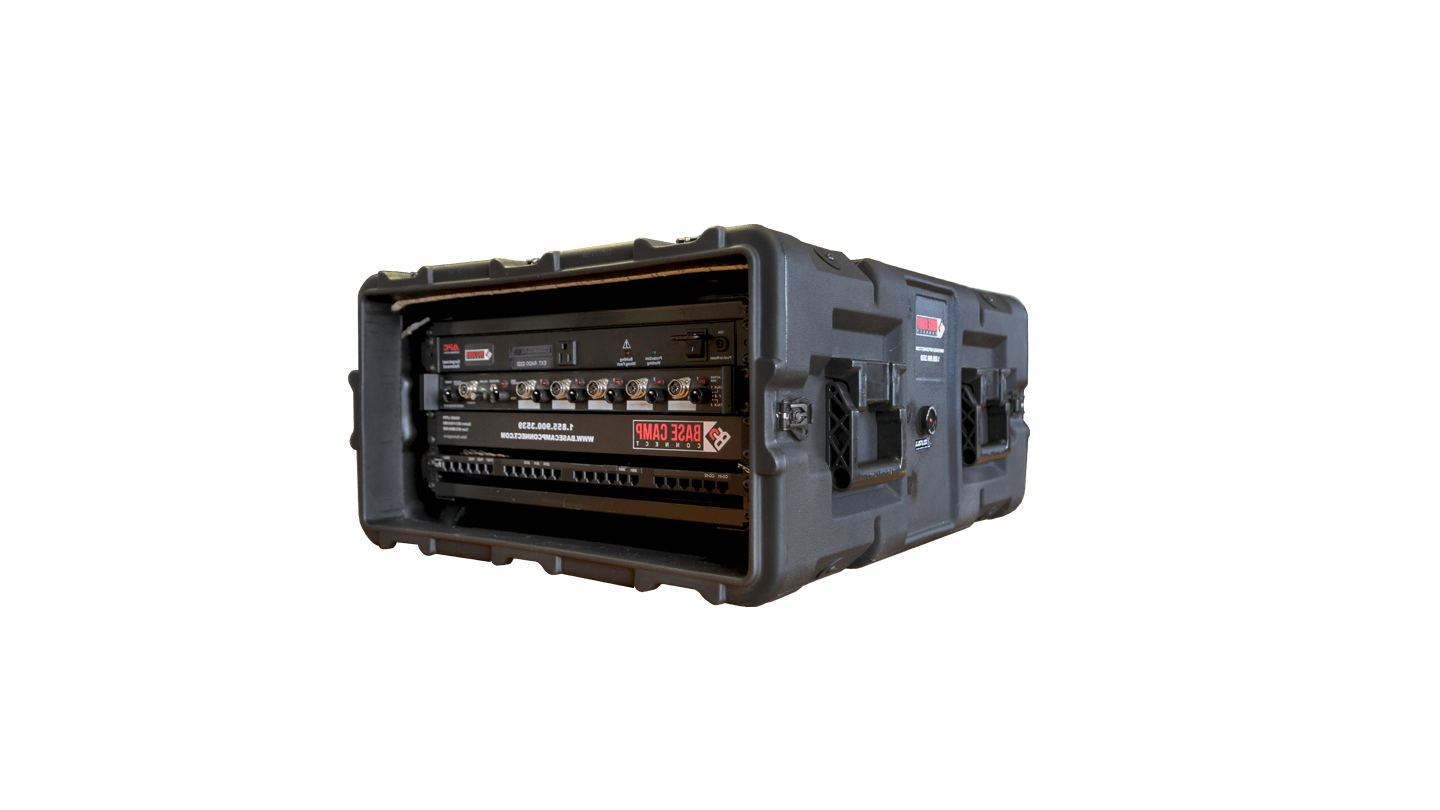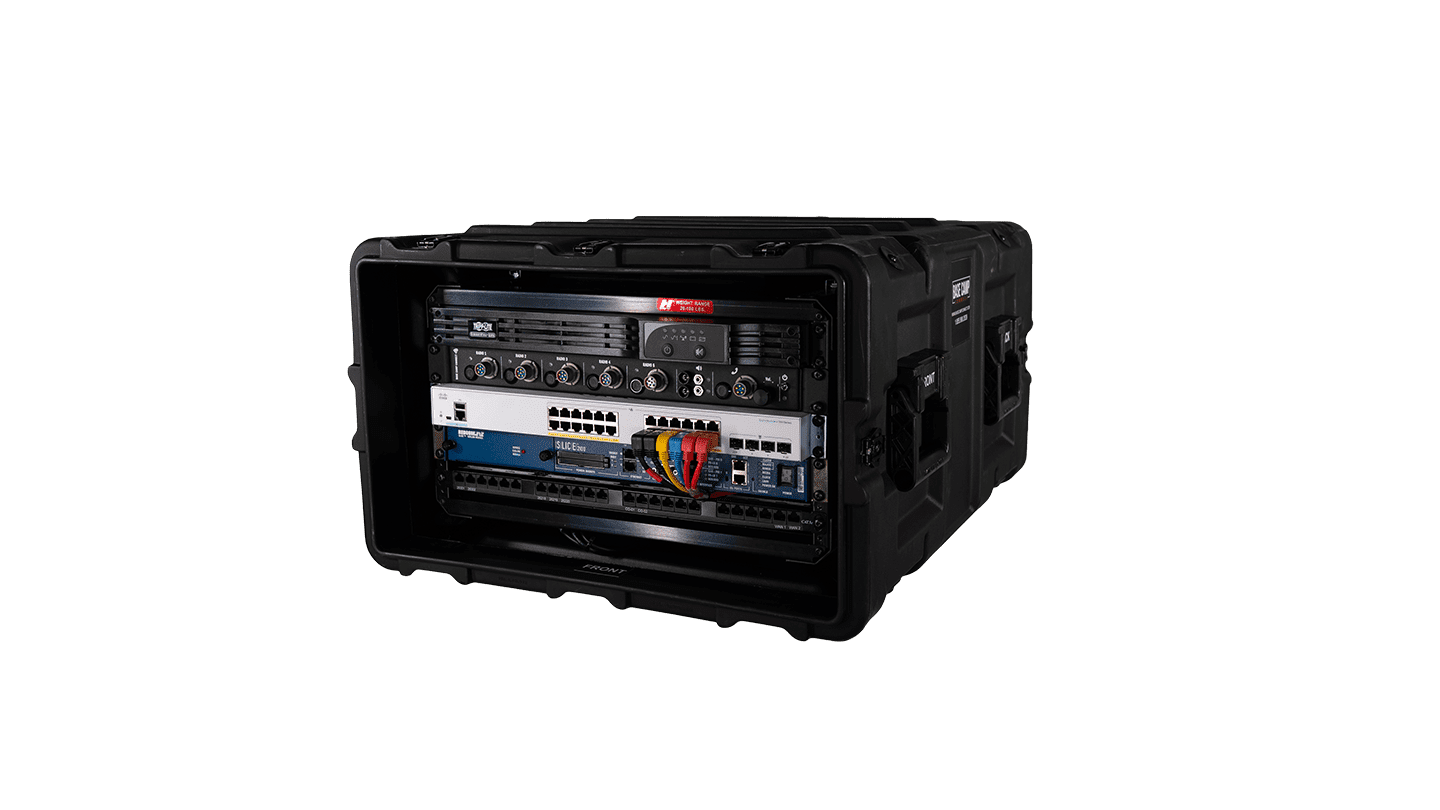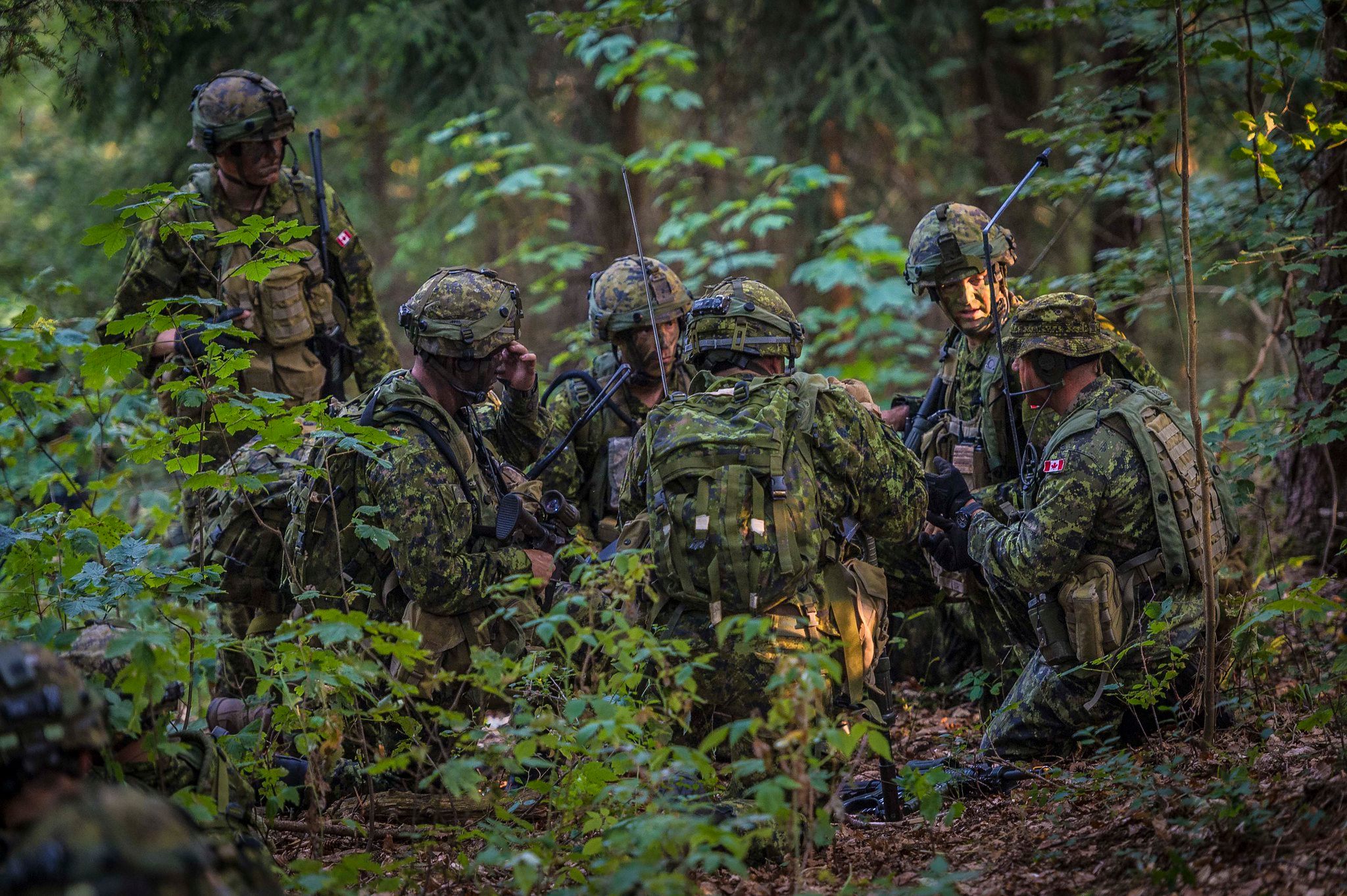Technology continues to significantly improve the capabilities of military forces worldwide. While weapon systems, such as the latest drones or fighter jets, get much of the press’s attention, no military can function without the ability to communicate. There are many benefits that militaries gain from communications equipment, but the gear is not without its challenges.
One of the biggest problems militaries face centres on interoperability. Communication equipment can vary widely among military forces, even within a single country. When joint operations occur, especially with multinational forces, the variety of equipment is likely to increase friction exponentially.
The future of warfare exists within the Joint Operating Environment (JOE). Rarely do we see armed conflict solely between two opposing forces. In most cases, numerous governments, armed forces, public safety entities, militant groups, and other stakeholders are involved.
The current war in Ukraine is one such example. While, on the surface, one could say the war is between Russia and Ukraine, the international community is clearly involved in the conflict. The JOE is the future of warfare, and that has the potential to make communications much more complicated.
Developing best practices for interoperability and adopting the equipment that supports those practices will be vital to meeting these communication challenges. Let us explore what interoperability means in the JOE and how to best approach the problem.
What is Interoperability?
At its core, interoperability is about different groups working together as efficiently as possible. Joint forces bring together an enormous amount of experience and resources. This combined pool of talent and equipment can increase the chances of achieving tactical, operational, and strategic objectives.

NATO provides us with a more military specific definition. According to NATO, “interoperability enables forces, units and/or systems to operate together, allowing them to communicate and to share common doctrine and procedures, along with each other’s infrastructure and bases. Interoperability reduces duplication, enables pooling of resources and produces synergies among all Allies, and whenever possible with partner countries.”
The Benefits of Interoperability
A recent study by the RAND corporation highlights numerous benefits to interoperability in multinational forces. The list includes:
- Enabling access to locations and populations.
- Increasing the legitimacy of operations.
- Meeting treaty obligations.
- Increasing operational safety (decreasing fratricide and collateral damage).
Perhaps three of the most important benefits are increased capabilities, lower cost, and greater efficiencies.
Combining the talent and equipment of multinational forces is one of interoperability’s greatest benefits. With respect to communications, interoperability helps with data transfer, voice-to-voice transmissions, and allows for standard processes that help to deconflict and align defence organizations.
With proper communications, leaders can move units and weapon systems where they are most needed. Multinational forces bring a variety of weapons capabilities to the table which combine to increase firepower, lethality, and range. As long as these different military units can communicate, they are much more effective when combined than they could ever be on their own.

Warfare is an expensive endeavour. The current war in Ukraine has cost the Ukrainian people an estimated $600 billion in losses and will cost more to rebuild when the fighting is over. Russia spends an astonishing $900 million per day to continue its assault on the Ukrainian people.
Ukraine lacks the resources to defend itself against Russia, but it can continue fighting with multinational support. Interoperability allows Ukraine to communicate its needs to the international community and gain support which lowers the cost of war for the nation.
Improved efficiencies are a direct benefit of interoperability. When units in the JOE can communicate with each other, they operate at optimal levels. Data is shared more easily, critical needs are brought to leaders’ attention faster, and decisions can be made in real time, producing an operational advantage against adversaries.
The Challenges of Interoperability
As we previously mentioned, communications gear can present challenges for forces in the JOE. A few of the more common are incompatible gear, procedural differences, and complexities around sharing intelligence.
One of the more common problems is incompatible communication technology. Suppose we imagine an operation with multinational forces. We might envision efforts such as those of the Allies in World War II or the coalition forces in the recent conflicts in Iraq and Afghanistan. Large-scale operations could include troops from the United States, United Kingdom, Canada, etc.
What if the United States was only using SATCOM, the United Kingdom was on VHF radios, and Canadian forces only had HF assets? It sounds crazy, but it happens more often than most would imagine. This fact is especially true at tactical levels where small units operate. Incompatible equipment can make being part of a multinational force more of a hindrance than an advantage.

Every military has its own doctrine and procedures. While some commonality exists in large organizations, such as NATO, each military maintains its methods for doing things. This is true in the communications world as well.
Everything from transmitting a radio message, the format to call for artillery fire, and how encrypted information is disseminated can vary widely from one nation to the next. These procedural differences in communications are difficult to adjust or change since militaries train extensively on these standard operating procedures.
Every nation wants to guard its most sensitive technology. The most powerful countries have access to platforms such as satellites and encrypted communication methods. Sharing this information can risk it falling into the wrong hands or exposing the sensitive nature of how the data was collected. Establishing standard practices for each nation to communicate without compromising intelligence can be difficult. It can be the source of much tension between militaries that should be allies.
All is not lost, however. There are technical solutions and best practices to address these difficulties.
Tips for Successful Interoperability
Ensuring communication assets can work together is key to interoperability. In a perfect world, everyone working together would use the same equipment. Unfortunately, this will almost certainly never be the case. Each country will purchase the gear they believe is best designed to serve their technical, tactical, and political needs.
Whenever possible, forces in the JOE should look to use compatible communications gear. Thankfully, when this is not possible, there are alternative solutions. Communication gear has evolved to include rugged systems capable of facilitating voice, data, and radio interoperability for use in harsh conditions.

These systems can connect various assets such as SATCOM, VHF, HF, and mobile phones while still maintaining desired levels of security. Even in the JOE, commanders can retain command and control, and coordinate with mission partners during operations and exercises. You can achieve interoperability by using these bridging systems even when each force uses different radios.
As the adage goes, practice makes permanent. The battlefield is not the place to work out how multinational forces will communicate. Joint training and joint exercises are ideal for developing interoperability techniques and procedures.
Wargames, as they are sometimes called, can increase tactical thinking. Tactical decision games do not just centre on the tip of the spear forces. As General Patton once said, “Gentlemen, the officer who doesn’t know his communications and supply as well as his tactics is totally useless.”
Joint exercises are an excellent forum to understand an ally force’s communications abilities and identify potential friction points. Interoperability is achieved after procedures are put in place to mitigate the sources of incompatibility.
Present-day conflicts and future battles will move more and more towards the JOE. If multinational forces wish to benefit from working together on shared objectives, they must first address the challenges of joint operations. Communications can be one of the more problematic aspects of joint operations, but it doesn’t need to be. Interoperability is possible with the right equipment, proper training, and a cooperative spirit.
Have you enjoyed this article? Be sure to subscribe to our blog to catch the next one as soon as we publish!














